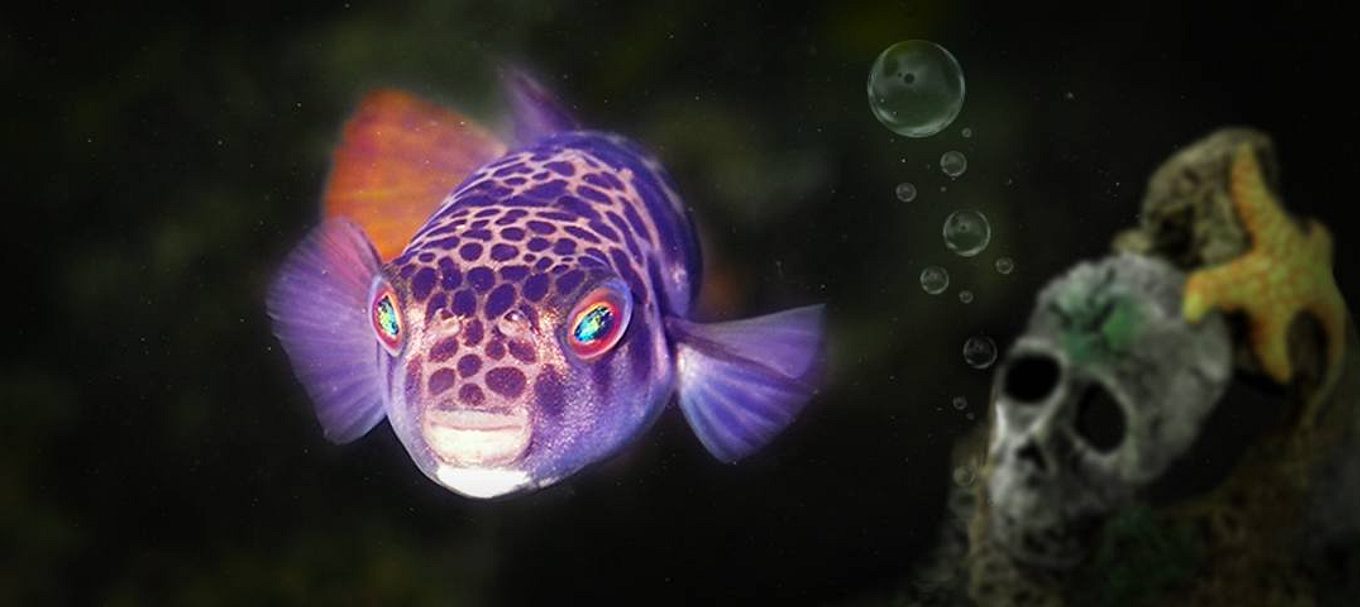
How pufferfish can cause 'zombification'
It’s often in the dark depths of the ocean that some of the most interesting tales come to light. Like that of the innocent-looking pufferfish.
Did you know that almost all pufferfish, even South Australia’s own, contain tetrodotoxin, which is deadly to humans?
When tetrodotoxin is ingested it shuts down the nervous system and stops things like breathing and muscular functions.
Real life zombies
The people of Haiti believe that the poison in pufferfish causes real life zombies.
Haiti is located in the Caribbean Sea on half of the island of Hispaniola. During the 1980s, anthropologist Wade Davis investigated the Haitian zombie and uncovered that they are far from a folkloric myth.
He reported that Haitian voodoo priests were making a concoction that included the pufferfish chemical tetrodotoxin mixed with voodoo sorcery to cause paralysis in people and turn them into real life zombies.
It’s believed that people are turned into zombies as a punishment and if a person dies of unnatural causes, such as murder, the voodoo priests may zombify them to access cheap labour to work their paddocks.
Believe what you will, but the Haitian zombie is a different kind of scary compared to western culture’s bloodthirsty fictional zombie interpretation.
SA puffers and your ‘fluffers’
In SA, we have many pufferfish species including the common and poisonous smooth toadfish. These fish can be found over sandy, muddy seafloor and in seagrass beds across the state. Port Noarlunga, Aldinga and Rapid Head Sanctuary Zones in Encounter Marine Park are great places to go diving and see these fascinating sea creatures.
Pufferfish occasionally wash ashore on SA’s coasts. Some years, when there are long periods of hot, calm weather, algal blooms reduce the oxygen in nearshore waters, causing puffers to wash up on the shore in large numbers.
So if you’re strolling along the beach with your pooch during the warmer months, remember to keep watch of their wandering noses, and don’t let your dog’s breakfast be a puffer.
Learn more about what you can find along SA’s beaches by reading ourbeachcombing guideor checking out our story about themost commonly mistaken marine creatures. If you’re interested in finding out how scientists uncover the mysteries of the deep blue sea,get up to speed about BRUVs.
This story was originally posted in October 2017.





